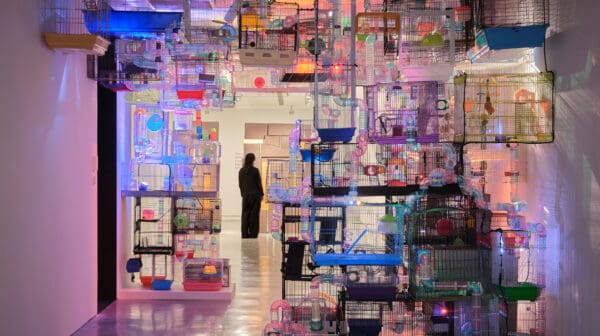
Material curiosities: Primavera 2025
In its 34th year, Primavera—the Museum of Contemporary Art Australia’s annual survey of Australian artists 35 and under—might be about to age out of itself, but with age it seems, comes wisdom and perspective.



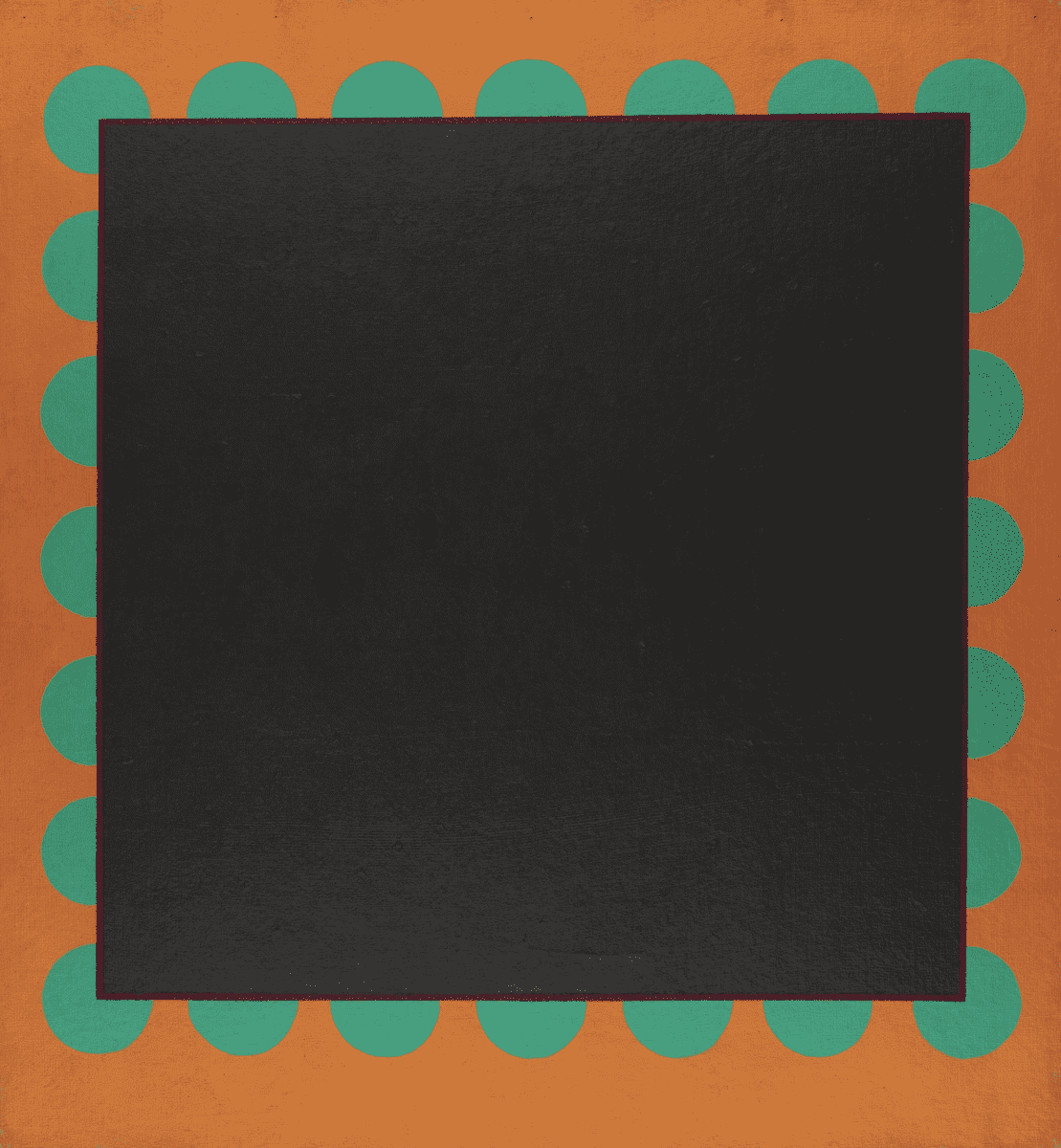
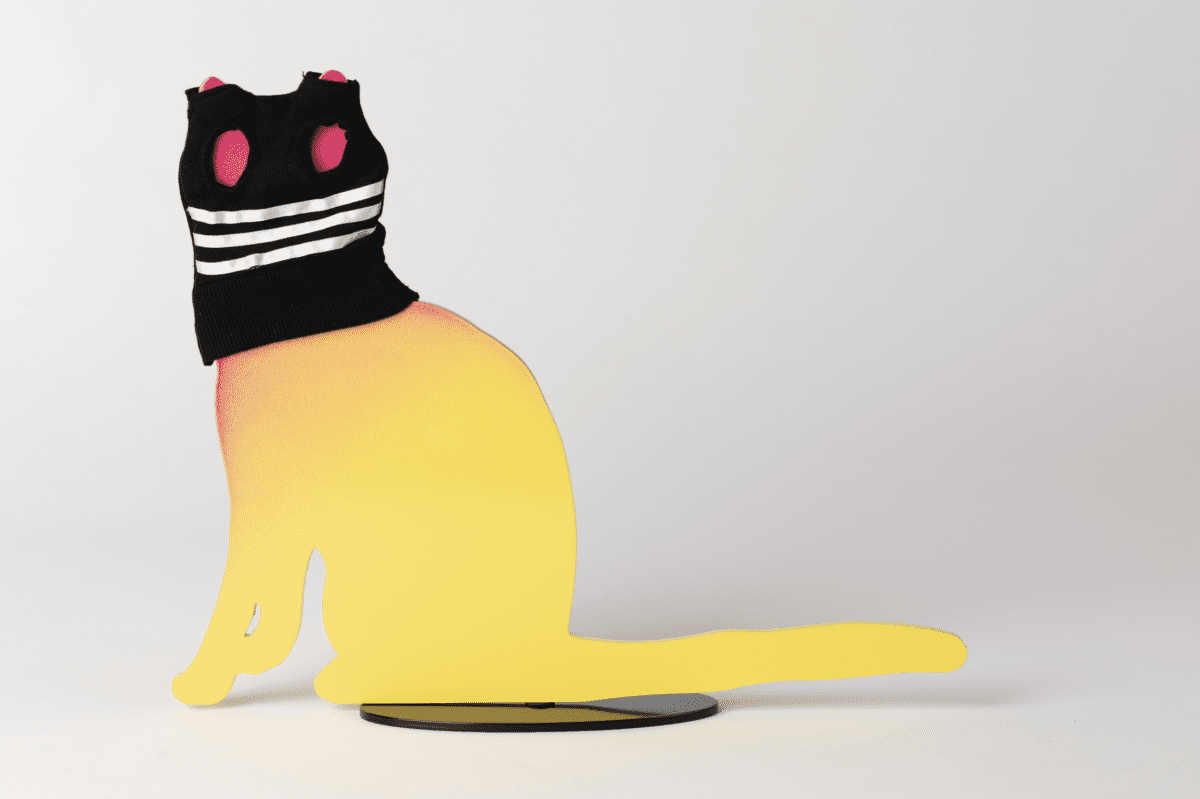


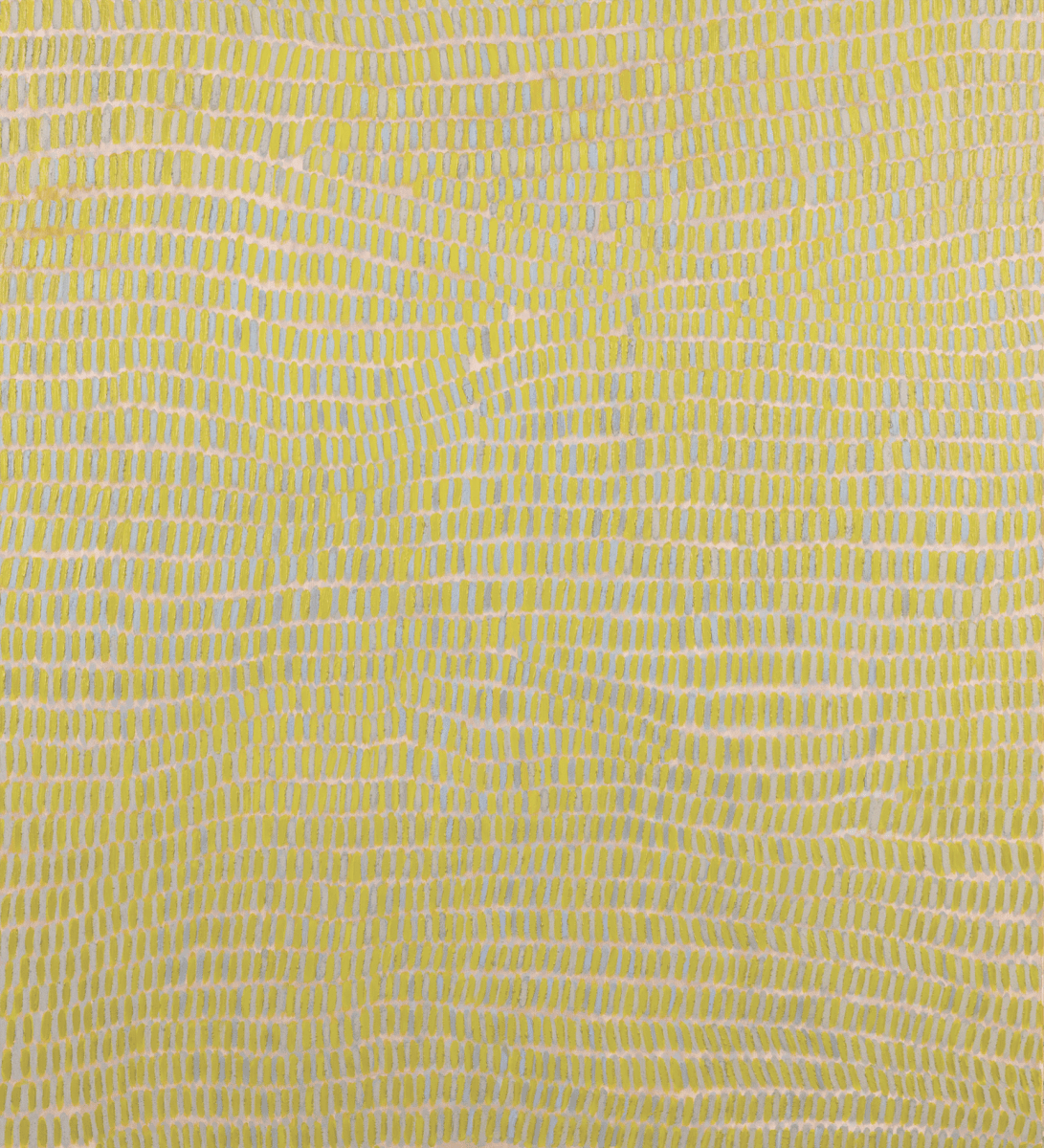
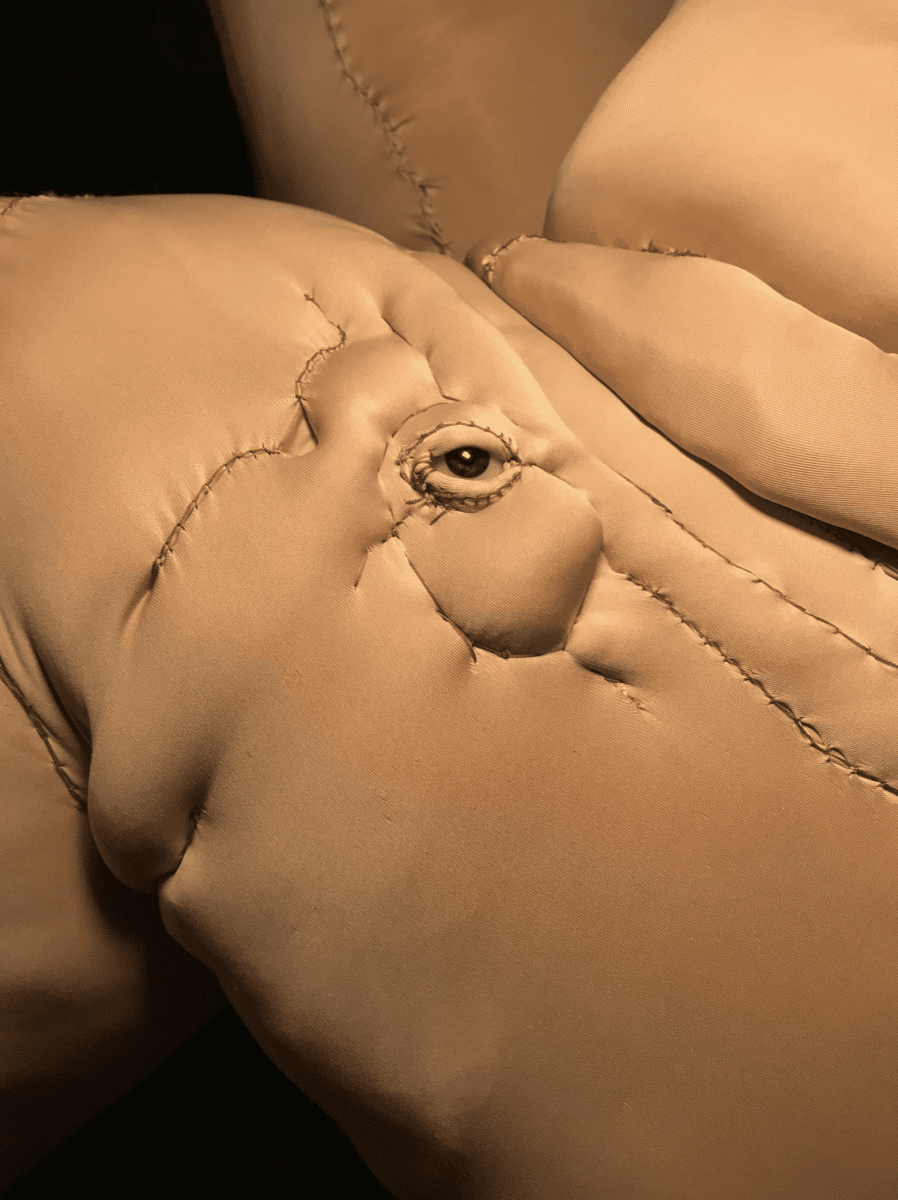
At a time when it feels more important than ever to support local artists, the Art Gallery of Western Australia (AGWA) is relaunching by celebrating the state’s art, visual language and storytelling with The View From Here.
Featuring over 230 artists, and an astonishing 111 new artwork commissions from artists who are emerging to established, The View From Here is vast in its locality. It centralises not only WA artists, but First Nations artists: the core of the exhibition is called Collective Ground, featuring 60 artworks from Aboriginal art centres and artists throughout the state. The aim is not only to capture WA perspectives, but also to explore and depict this unique moment in time.
Within AGWA’s recently transformed building, a new foyer mural wall sees an abstract work by emerging Noongar and Torres Strait Islander artist, Tyrown Waigana. From here is a variety of works including Fremantle artist Bruno Booth’s Adidas-adorned cats appearing in unexpected places, to Perth artist Tim Meakins’s giant 3D-printed sculptures of posing and grinning weightlifters—both of which aim to be powerfully sensorial.
And AGWA are making use of all their spaces, including the rooftop. “We’ve got Christopher Pease’s mural on the top of the building,” explains curator Robert Cook. “Pease is looking at a colonial image by Frederick Darling from 1827, and he’s looking at Darling’s perspective two years before colonial occupation.” The work centres on colonialism, but more particularly how “viewpoints on land and space are structured through particularly vested interests and power dynamics. Yet at the same time Pease celebrates the possibility of creative practices that think differently about power dynamics.”
The View From Here also considers how artists engage with their audiences, and features Sarah Bahbah, a WA-raised yet LA-based artist who has over 1 million Instagram followers. Bahbah’s exhibiting work consists of subtitled imagery with female-centric narratives: she’s showing her acclaimed intimate portraits that emphasise the impacts of international mass culture and the cult of celebrity, partly in a bid to blur the lines between high art and popular culture. In another dissolution of this divide, The View From Here includes 100 Vandals, a collective which encompasses several generations of graffiti artists working largely from Perth; the group is exhibiting large scale had painted murals.

In addition, the show includes recent works by Ngarralja Tommy May, Yok & Sheryo, Danielle Freakley and Abdul-Rahman Abdullah. As the exhibition curator says of this diversity, it’s about “imaginative and visual connectivity to the world immediately around, and beyond our shores.” And something common across many of the works is an acute attention to the role of the self. As Cook explains, “Whenever the self is depicted, it is always the self in relation to a culture, a space, other people, other materials around. There is a strong awareness that you are a particular person in a moment that has responsibilities to others…”
The View From Here is ultimately designed to be accessible and celebratory, while also providing and provoking social critique. It’s about art as experience, connection and action. “We all want to make spaces where people can have direct engagement with art and really feel it,” says the curator. “All of the works are proposing other ways of being.”
This is enhanced by the recent changes to the AGWA building, and how the gallery sees itself and its role in WA going forward. “With the shift to the building, how we address the building and how the building has been presented has changed—we’re showing how the work occupies it differently and the different interpretive practices. We’re communicating in ways that are broader and more accessible for people to get a foot in the door and go deeper.”
The View From Here
Art Gallery of Western Australia
6 November—31 December